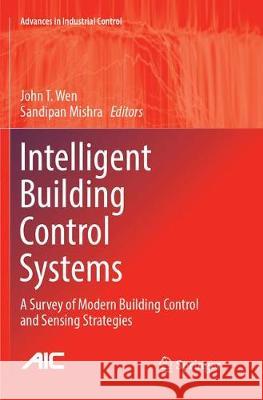Intelligent Building Control Systems: A Survey of Modern Building Control and Sensing Strategies » książka
topmenu
Intelligent Building Control Systems: A Survey of Modern Building Control and Sensing Strategies
ISBN-13: 9783319886077 / Angielski / Miękka / 2018 / 313 str.
Intelligent Building Control Systems: A Survey of Modern Building Control and Sensing Strategies
ISBN-13: 9783319886077 / Angielski / Miękka / 2018 / 313 str.
cena 466,91 zł
(netto: 444,68 VAT: 5%)
Najniższa cena z 30 dni: 462,63 zł
(netto: 444,68 VAT: 5%)
Najniższa cena z 30 dni: 462,63 zł
Termin realizacji zamówienia:
ok. 20 dni roboczych.
ok. 20 dni roboczych.
Darmowa dostawa!
Kategorie:
Kategorie BISAC:
Wydawca:
Springer
Seria wydawnicza:
Język:
Angielski
ISBN-13:
9783319886077
Rok wydania:
2018
Wydanie:
Softcover Repri
Ilość stron:
313
Oprawa:
Miękka
Wolumenów:
01











